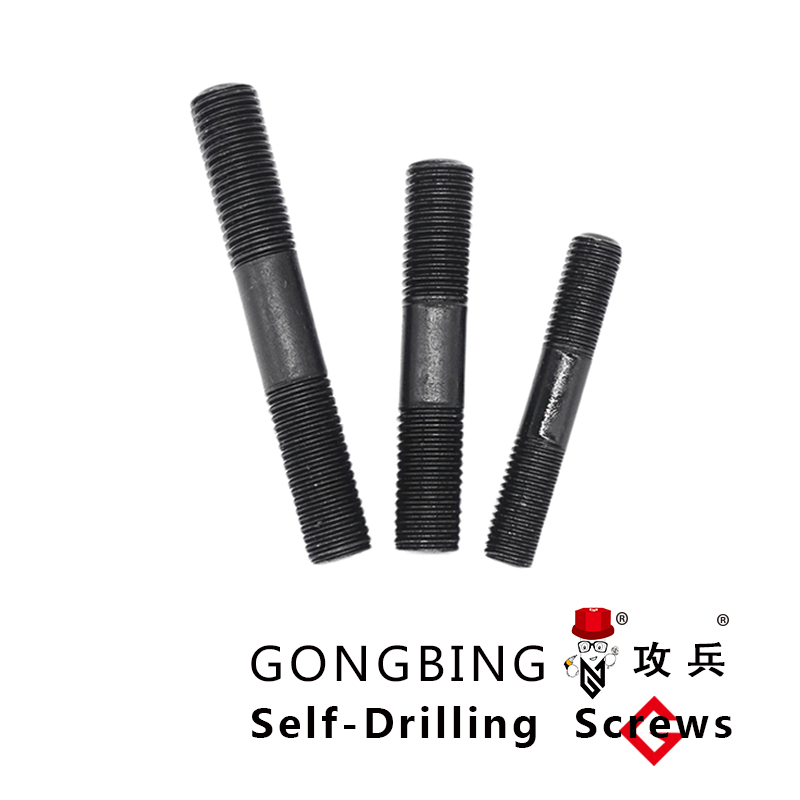drywall screw fine thread
Understanding Drywall Screws The Role of Fine Thread
When it comes to drywall installation, the choice of screws is critical to achieving a professional finish and ensuring the longevity of the structure. Among various types of screws, fine-thread drywall screws play a crucial role in securing gypsum board to metal studs, making them an essential tool for builders and DIY enthusiasts alike. This article delves into the characteristics, advantages, and applications of fine-thread drywall screws.
What Are Fine-Thread Drywall Screws?
Fine-thread drywall screws are specifically designed for securing drywall to metal frameworks. They feature a finer pitch between the threads compared to coarse-thread screws, which generally makes them better suited for use with metal. The fine thread allows for easier driving into the metal studs, as it efficiently engages the material without causing as much friction. Typically, these screws are coated with a corrosion-resistant finish to enhance longevity, particularly in environments where moisture is a concern.
Advantages of Fine Thread Screws
1. Superior Holding Power One of the primary advantages of fine-thread screws is their superior holding power when used with metal studs. The tighter spacing of threads creates a firmer grip, ensuring that the drywall remains securely attached over time.
2. Reduced Risk of Stripping Fine-thread screws minimize the risk of stripping, especially when working with thinner metal studs. This is crucial for maintaining the integrity of the installation and avoiding costly repairs down the line.
3. Less Stress on Materials The design of fine-thread screws allows for reduced torque and stress on the surrounding materials during installation. This means less chance of damaging the drywall or the studs, resulting in a cleaner and more efficient build.
4. Versatile Applications While they are primarily used for metal studs, fine-thread drywall screws can also be used in a variety of other applications. Their strong performance makes them suitable for fastening wood, plastic, or particleboard, expanding their usefulness beyond just drywall installation.
drywall screw fine thread

Installation Tips
When installing drywall using fine-thread screws, it’s important to follow best practices to ensure a flawless finish. Here are a few tips
1. Pilot Holes For very thin metal studs, pre-drilling pilot holes can help prevent potential stripping and ensure a smooth installation process.
2. Use a Screw Gun Utilizing a screw gun or cordless drill with adjustable clutch settings allows for uniform driving depth, which is essential for maintaining drywall integrity and avoiding screw breakage.
3. Consistency Is Key Maintain consistent spacing between screws (typically 12 to 16 inches apart) to provide even support across the drywall surface. This not only enhances overall stability but also helps to create a seamless appearance when applying tape and mud.
4. Finishing Touches After the drywall is secured, make sure to cover the screw heads properly with joint compound. This will allow for a smooth surface that is ready for painting or finishing, giving the wall a professional look.
Conclusion
In conclusion, fine-thread drywall screws are an indispensable component in the arsenal of any builder or DIY homeowner engaged in drywall installation, particularly when working with metal studs. Their unique design offers numerous advantages, including enhanced holding power, reduced risk of stripping, and versatility across different materials. By adhering to best practices for installation, one can ensure a sturdy and polished result, making fine-thread drywall screws a reliable choice for any construction project. As technology and construction practices continue to evolve, these screws will undoubtedly remain a staple in the building industry.
-
Weatherproof Plastic Expansion Anchors for OutdoorNewsJun.06,2025
-
Sustainability in the Supply Chain: Eco-Friendly TEK Screws ProductionNewsJun.06,2025
-
Load-Bearing Capacity of External Insulation FixingsNewsJun.06,2025
-
Double Head Bolts: Enhancing Efficiency in Industrial MachineryNewsJun.06,2025
-
Corrosion Resistance in Chipboard Screws: Coatings for Wholesale DurabilityNewsJun.06,2025
-
Butterfly Toggle Bolts : Enhancing Structural ResilienceNewsJun.06,2025
